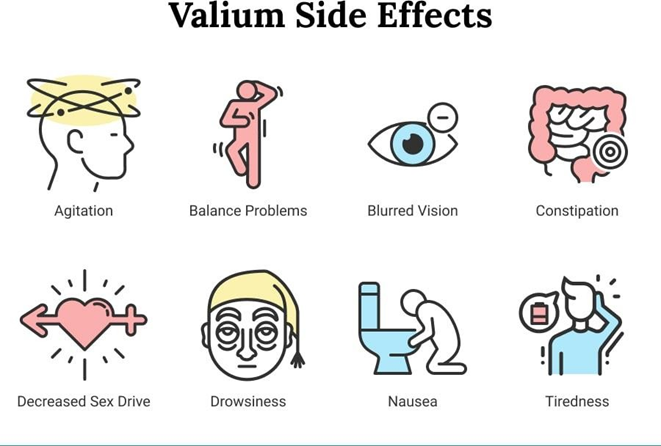A nurse is administering risperidone to a client who has schizophrenia for which of the following adverse effects should the nurse monitor?
Elevated blood pressure
Increased triglyceride level
Decreased blood glucose level
Weight loss
The Correct Answer is B
A. While risperidone can cause orthostatic hypotension, which may result in decreased blood pressure, it is not typically associated with elevated blood pressure.
B. Risperidone has been associated with metabolic side effects such as weight gain, dyslipidemia, and increased triglyceride levels, which can contribute to cardiovascular risk.
C. Risperidone is not typically associated with hypoglycemia; instead, it may lead to hyperglycemia or exacerbate existing diabetes.
D. Weight gain is a more common adverse effect of risperidone rather than weight loss.
Monitoring for weight gain is essential due to its association with metabolic syndrome and cardiovascular risk factors.
Nursing Test Bank
Naxlex Comprehensive Predictor Exams
Related Questions
Correct Answer is A
Explanation
A. Tyramine is found in various foods and its levels increase when food is aged or fermented. Avocados, especially if they are overripe, can contain higher levels of tyramine compared to the other options listed. It is important for individuals taking MAOIs to manage their intake of tyramine-rich foods to avoid adverse reactions.
B. 2% milk does not contain significant levels of tyramine compared to aged or fermented foods like avocadoes.
C. Sliced apples do not contain significant levels of tyramine compared to aged or fermented foods like avocadoes.
D. Celery sticks do not contain significant levels of tyramine compared to aged or fermented foods like avocadoes.
Correct Answer is A
Explanation
A. Diazepam, a benzodiazepine, is known to cause drowsiness and sedation as a common side effect. Patients should be advised to avoid activities requiring mental alertness, such as driving or operating machinery, until they understand how the medication affects them.
B. Even a single dose of diazepam can cause side effects such as drowsiness, dizziness, and impaired coordination. Patients should be aware of potential side effects regardless of the number of doses taken.
C. While grapefruit juice can interact with certain medications by affecting their metabolism, it doesn't directly inactivate diazepam. However, it may increase the risk of side effects by altering the metabolism of the medication, leading to higher blood levels.
D. Tyramine is not typically a concern with diazepam. Tyramine-containing foods are more relevant in the context of monoamine oxidase inhibitors (MAOIs), a different class of medications used to treat depression.

Whether you are a student looking to ace your exams or a practicing nurse seeking to enhance your expertise , our nursing education contents will empower you with the confidence and competence to make a difference in the lives of patients and become a respected leader in the healthcare field.
Visit Naxlex, invest in your future and unlock endless possibilities with our unparalleled nursing education contents today
Report Wrong Answer on the Current Question
Do you disagree with the answer? If yes, what is your expected answer? Explain.
Kindly be descriptive with the issue you are facing.
